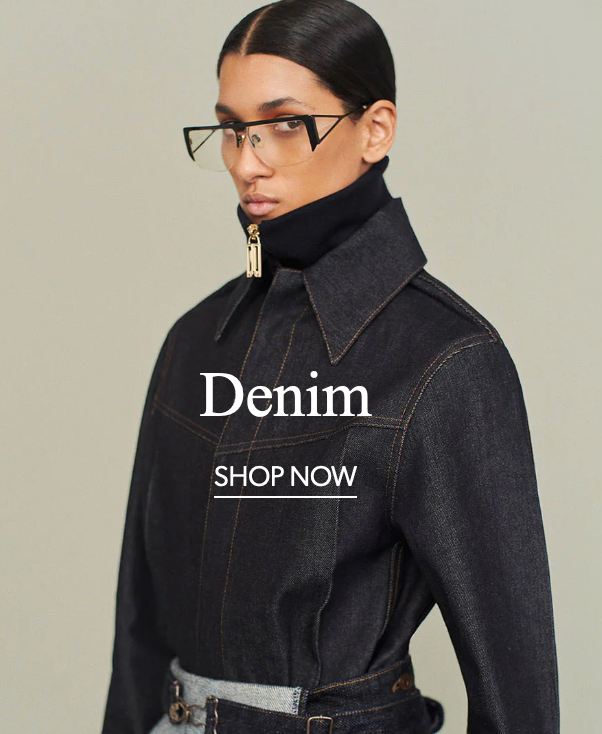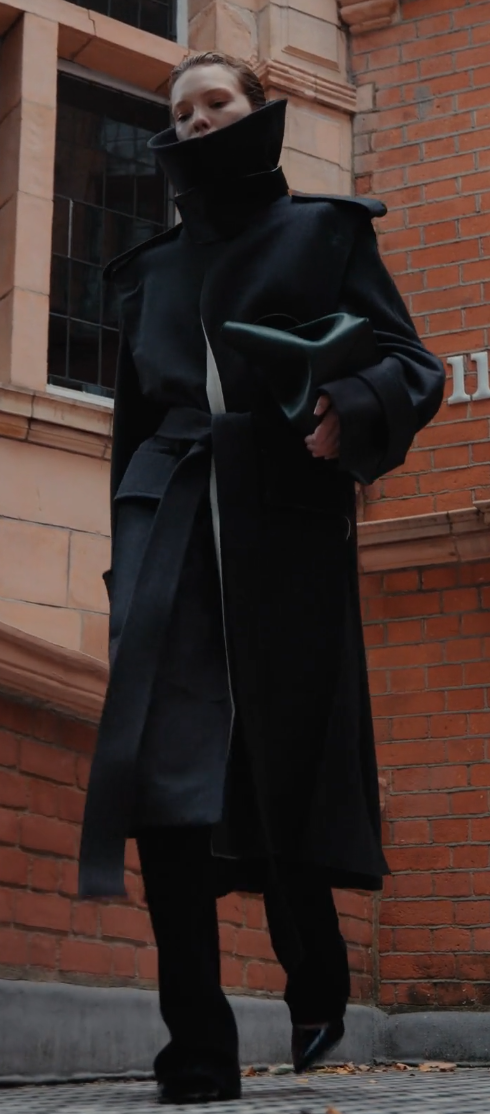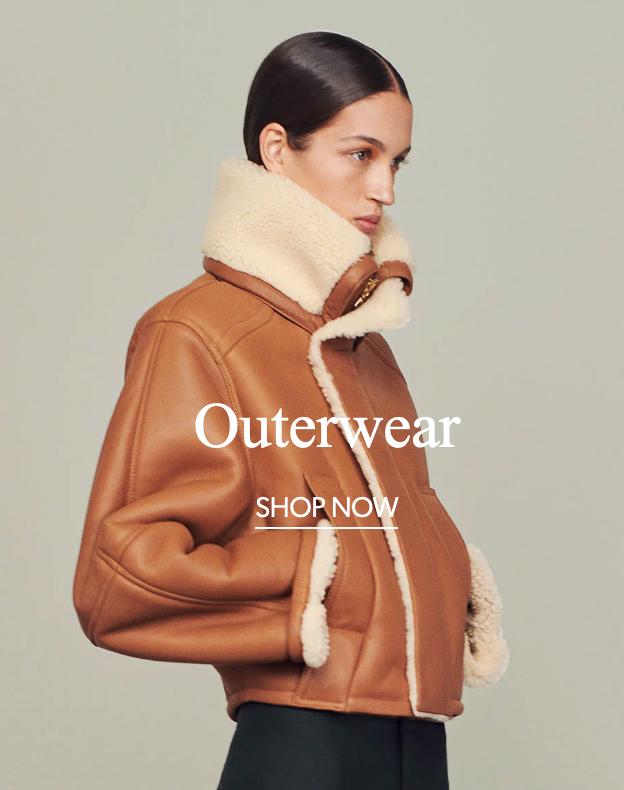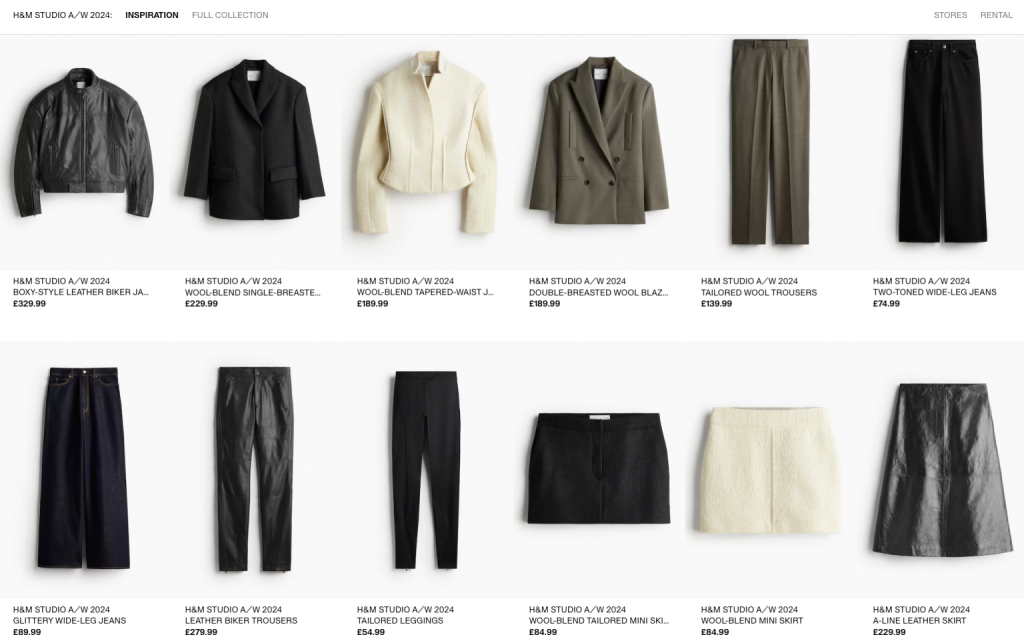Yves here. Richard Murphy has posted what in theory is light fare, a piece on fall/winter women’s fashion as an economic indicator. He starts with the most watched sighting, skirt lengths. He finds that H&M, which makes much-decried “fast fashion” (low price, cheaply made items emulating hot looks where the buyer, who is often middle or upper income, can toss it after the current season when it is no longer worn by the in crowd) is showing short skirts, which he sees as bullish. However, Murphy can’t help noticing that the colors are drab to the point of being dreary. That sure looks depressed. So is this a mixed outlook?
As an aside, yours truly is bugged by the pervasiveness of cars in dull colors. When I was a kid, many cars, and not just the almost-endemic Volkswagen beetles, were in peppy colors: sunny yellows, zippy reds, happy bright greens, and a whole range of blues, from sweet robin’s egg to a sober navy. The narrowing of the palette is presumably not manufacturer driven; you’d think they’d sell bright colored cars if there was a market for them (and wouldn’t more distinct colors be safer? Cars would stand out more from each other while driving and might make for easier IDs upon occasion).. This looks like deeply internalized conformity.
One of Murphy’s readers argued that H&M buyers skewed quite young, and so H&M might include some short skirts and frocks regardless to suit their desire to show some skin for the purpose of attracting male attention. He recommended sanity-checking by looking at the new offerings from an upscale designer, Victoria Beckham. I picked out some items that were, um, striking:



I like a turtleneck as much as the next person, and also have reasonable tolerance for edgy runway designs. But I found these styles creepy. Necklines so high they cover the jaw is on the way to being a burqa. And if you look at the last photo, the short shearling jacket, you can see it was posed so that no hand or arm skin was visible. The potential buyer can see both shearling cuffs but no flesh.
These outfits seem monastic, as if buyers are being prepared for a more ascetic life.
Admittedly this is only one designer. Do readers have confirming or conflicting sightings?
By Richard Murphy, part-time Professor of Accounting Practice at Sheffield University Management School, director of the Corporate Accountability Network, member of Finance for the Future LLP, and director of Tax Research LLP. Originally published at Fund the Future
I think it fair to say that this blog does offer a slightly male-biased view of the world. That is unsurprising: I am male, and this blog is about how I see things.
That said, I do take an interest in fashion. I actually subscribe to the online version of Vogue (it’s £12 a year). I don’t do so because I buy such fashion. I suspect that is pretty obvious. I have, however, for decades thought that fashion reflects the public mood. Looking at where it is going is a very strong indicator of where the economy might be following. Danny Blanchflower would call this a part of the ‘economics of walking about’. For that same reason, I observe people in the street: their collective style says a lot about how we feel.
In this context, an email arrived in this household from H&M yesterday, advertising its latest, more upmarket collection. This is a screenshot from that mail:

The message is surprising. Of the three skirts on view, two are short. That might suggest a degree of optimism not yet apparent in the economy. I have long believed that there is a marked correlation between the distance between the hems of skirts and the ground and the economic mood of people. They go higher together. And on the street, they are very long right now.
On the other hand, look at the colours. They are dark, sombre, depressing and downbeat. That’s the message I am taking from this. There really is very little optimism in the economy if colour has disappeared from the palettes of fashion chains.
This proves nothing, of course, except for one thing. These fashion houses spend a great deal of time trying to work out what colours to offer. H&M seem to be reflecting a wider view on this issue. The mood is decidedly downbeat. I have no idea where Rachel Reeves thinks growth is going to come from in that case: the signs of it happening are not out there.


